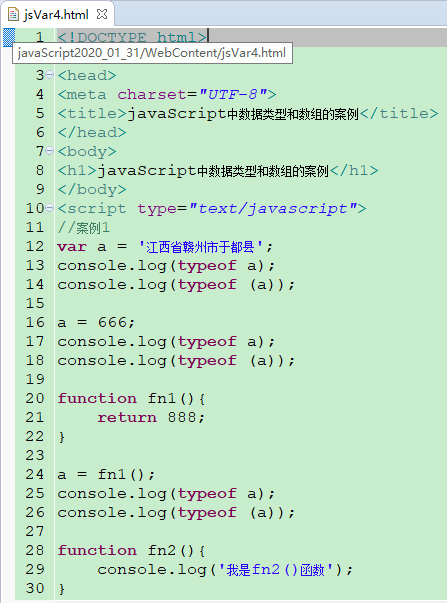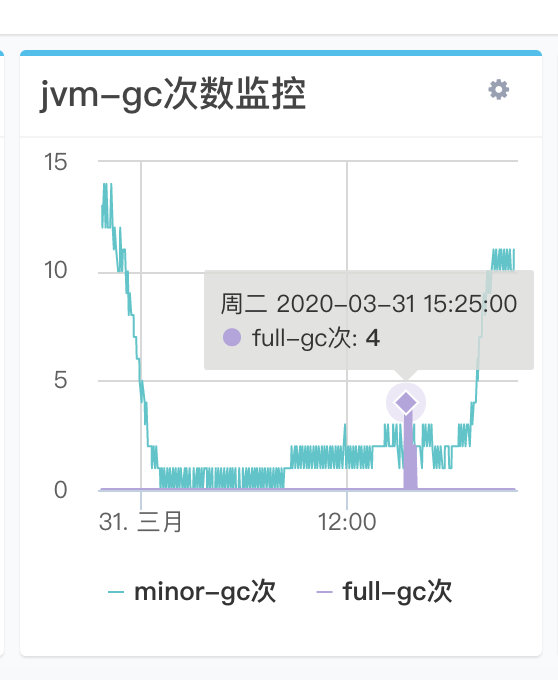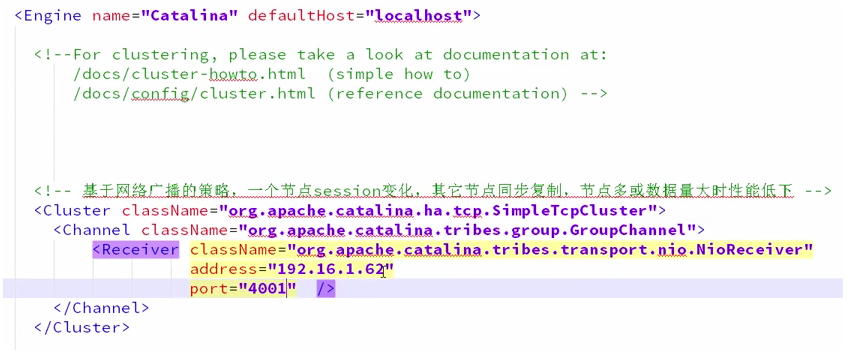JAVA发送HttpClient请求及接收请求结果过程
1、写一个HttpRequestUtils工具类,包括post请求和get请求
1 2 3 4 5 6 7 8 9 10 11 12 13 14 15 16 17 18 19 20 21 22 23 24 25 26 27 28 29 30 31 32 33 34 35 36 37 38 39 40 41 42 43 44 45 46 47 48 49 50 51 52 53 54 55 56 57 58 59 60 61 62 63 64 65 66 67 68 69 70 71 72 73 74 75 76 77 78 79 80 81 82 83 84 85 86 87 88 89 90 91 92 93 94 95 96 97 98 99 100 101 102 103 | package com.brainlong.framework.util.httpclient;import net.sf.json.JSONObject;import org.apache.commons.httpclient.HttpStatus;import org.apache.http.HttpResponse;import org.apache.http.client.methods.HttpGet;import org.apache.http.client.methods.HttpPost;import org.apache.http.entity.StringEntity;import org.apache.http.impl.client.DefaultHttpClient;import org.apache.http.util.EntityUtils;import org.slf4j.Logger;import org.slf4j.LoggerFactory;import java.io.IOException;import java.net.URLDecoder;public class HttpRequestUtils { private static Logger logger = LoggerFactory.getLogger(HttpRequestUtils.class); //日志记录 / httpPost @param url 路径 @param jsonParam 参数 @return */ public static JSONObject httpPost(String url,JSONObject jsonParam){ return httpPost(url, jsonParam, false); } / post请求 @param url url地址 @param jsonParam 参数 @param noNeedResponse 不需要返回结果 @return / public static JSONObject httpPost(String url,JSONObject jsonParam, boolean noNeedResponse){ //post请求返回结果 DefaultHttpClient httpClient = new DefaultHttpClient(); JSONObject jsonResult = null; HttpPost method = new HttpPost(url); try { if (null != jsonParam) { //解决中文乱码问题 StringEntity entity = new StringEntity(jsonParam.toString(), “utf-8”); entity.setContentEncoding(“UTF-8”); entity.setContentType(“application/json”); method.setEntity(entity); } HttpResponse result = httpClient.execute(method); url = URLDecoder.decode(url, “UTF-8”); /请求发送成功,并得到响应/ if (result.getStatusLine().getStatusCode() == 200) { String str = “”; try { /读取服务器返回过来的json字符串数据/ str = EntityUtils.toString(result.getEntity()); if (noNeedResponse) { return null; } /把json字符串转换成json对象/ jsonResult = JSONObject.fromObject(str); } catch (Exception e) { logger.error(“post请求提交失败:” + url, e); } } } catch (IOException e) { logger.error(“post请求提交失败:” + url, e); } return jsonResult; } / 发送get请求 @param url 路径 @return / public static JSONObject httpGet(String url){ //get请求返回结果 JSONObject jsonResult = null; try { DefaultHttpClient client = new DefaultHttpClient(); //发送get请求 HttpGet request = new HttpGet(url); HttpResponse response = client.execute(request); /请求发送成功,并得到响应/ if (response.getStatusLine().getStatusCode() == HttpStatus.SC_OK) { /读取服务器返回过来的json字符串数据/ String strResult = EntityUtils.toString(response.getEntity()); /把json字符串转换成json对象**/ jsonResult = JSONObject.fromObject(strResult); url = URLDecoder.decode(url, “UTF-8”); } else { logger.error(“get请求提交失败:” + url); } } catch (IOException e) { logger.error(“get请求提交失败:” + url, e); } return jsonResult; }} |
2、写业务代码发送Http请求
3、MVC配置文件设置Controller扫描目录
1 2 3 4 | <!— 自动扫描且只扫描@Controller —><context:component-scan base-package=“com.wiselong.multichannel” use-default-filters=“false”> <context:include-filter type=“annotation” expression=“org.springframework.stereotype.Controller” /></context:component-scan> |
4、接收Http请求
接收post请求
1 2 3 4 5 6 7 8 9 10 11 12 13 14 15 16 17 18 19 20 21 22 23 24 25 26 27 28 29 | @Controller@RequestMapping(value = “/api/platform/exceptioncenter/exceptioninfo”)public class ExceptionInfoController { //注入 @Autowired private ExceptionInfoBiz exceptionInfoBiz; /* 创建异常信息请求 @param requestBody 请求消息内容 @param request 请求消息头 @return jsonObject / @RequestMapping( value=“/create”, method = RequestMethod.POST ) public ModelAndView createExceptionInfo(@RequestBody String requestBody, HttpServletRequest request) { JSONObject jsonObject = JSONObject.fromObject(requestBody); ComExceptionInfo comExceptionInfo = new ComExceptionInfo(); comExceptionInfo.setProjectName(jsonObject.getString(“projectName”)); comExceptionInfo.setTagName(jsonObject.getString(“tagName”)); exceptionInfoBiz.insert(comExceptionInfo); //返回请求结果 JSONObject result= new JSONObject(); result.put(“success”, “true”); return new ModelAndView(“”, ResponseUtilsHelper.jsonSuccess(result.toString())); } } |
接收get请求
1 2 3 4 5 6 7 8 9 10 11 12 13 14 15 16 17 18 19 20 21 22 23 24 25 26 | @Controller@RequestMapping(value=“/api/platform/messagecenter/messages/sms”)public class SmsController { @Autowired SmsSendBiz smsSendBiz; /* 接收手机号码和内容往短信发送表插入一条记录 @param requestbody 请求消息内容 @param request 请求消息头 @return jsonObject / @RequestMapping( value=“/send”, method= RequestMethod.GET ) public ModelAndView sendSms(@RequestBody String requestbody, HttpServletRequest request) { //获取请求URL及url后面传输的参数 String url = request.getRequestURL() + “?” + request.getQueryString(); url = BuildRequestUrl.decodeUrl(url); String telePhone = RequestUtils.getStringValue(request, “telePhone”); String content = RequestUtils.getStringValue(request, “content”); smsSendBiz.insertTtMsQuequ(telePhone,content); return new ModelAndView(“”, ResponseUtilsHelper.jsonResult(“”, true)); }} |



































还没有评论,来说两句吧...